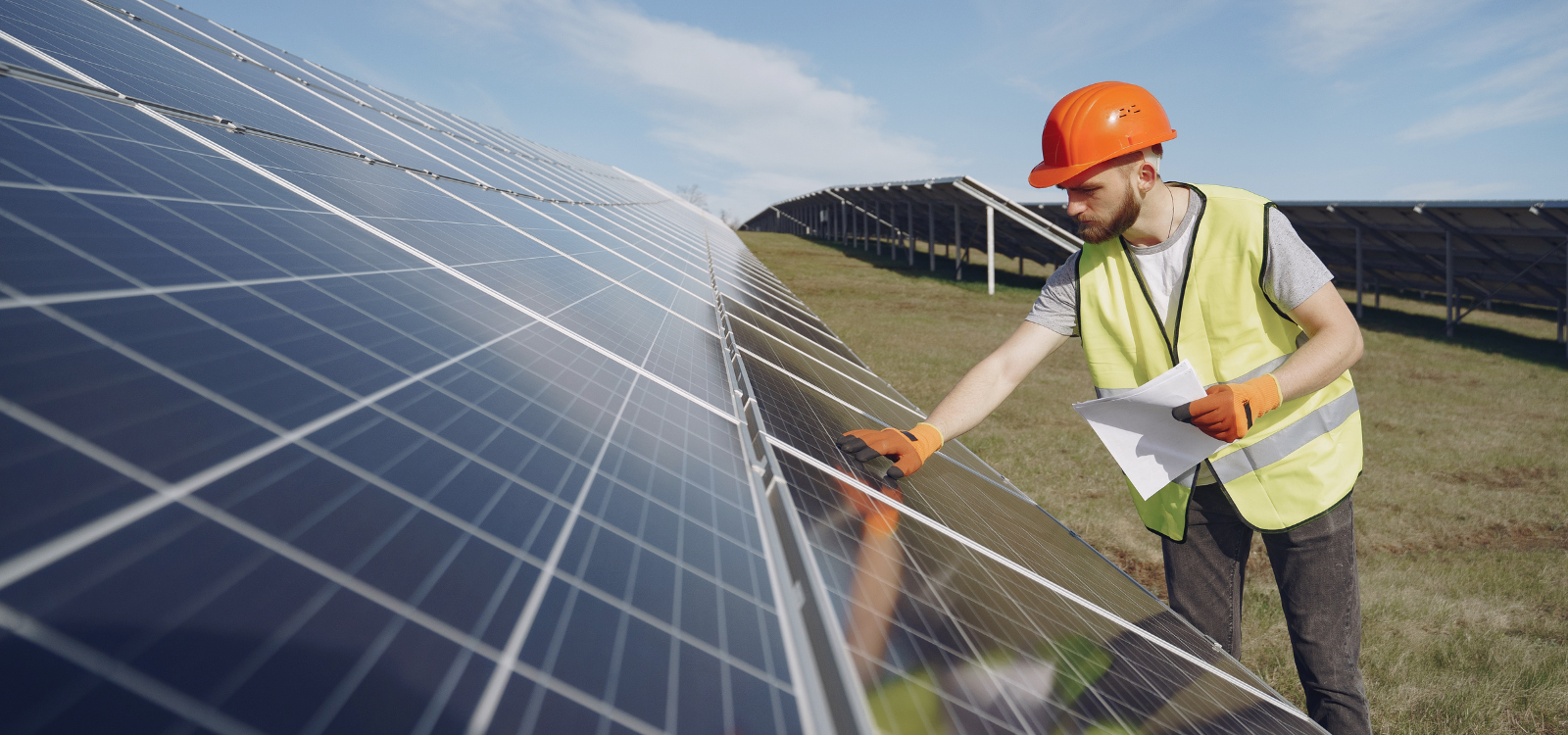
Repowering aging U.S. solar farms: A strategic pivot in a changing energy landscape - A third of U.S. solar farms are reaching midlife, with 23 GW needing inverter replacements within five years. Repowering—upgrading aging systems with modern technology—can boost output by up to 20% and cost 40–70% less than new builds. The next phase of clean energy growth depends on bringing these systems back to life.
A third of America’s solar farms are reaching mid-life.
After two decades of record growth, thousands of solar farms across the country are now aging. Many are entering midlife, facing equipment replacements and performance declines. Instead of just building new, the next phase of clean energy will depend on how we repower what already exists.
Wood Mackenzie estimates that 23 GW of solar capacity will need inverter replacements within five years. For owners, that means rising maintenance costs, technical complexity, and tighter margins—at a time when new projects are slowing due to shifting policies, tariffs, and supply delays.
That’s why repowering has become the smart path forward. Replacing older panels and inverters can extend a project’s lifespan and increase energy output—often at 40–70% less cost than new construction. Today’s solar modules reach 26% efficiency, compared to 20% just a decade ago. That jump can mean 20% more power from the same footprint.
But here’s the reality: not every owner wants—or can afford—to manage that process. Repowering takes capital, technical know-how, and the patience to navigate permitting, procurement, and long-term performance risk.
At Do Good Energy, that’s where we step in. We acquire aging or underperforming solar projects and take on the responsibility of bringing them back to life. From evaluation to upgrade to full operational management, we handle everything. The previous owners walk away knowing their project is in good hands—and that it will keep delivering clean, reliable energy for years to come.
This approach doesn’t just restore assets. It keeps power flowing to communities, protects existing infrastructure, and extends the legacy of the early solar investors who helped build today’s renewable foundation.
As the U.S. solar fleet matures, repowering will define the next era of growth. It’s how we preserve value, sustain progress, and keep clean energy moving forward—even as new construction slows.
If you have an aging solar project that’s losing efficiency or becoming too complex to maintain, we can take it off your hands and bring it back to life.